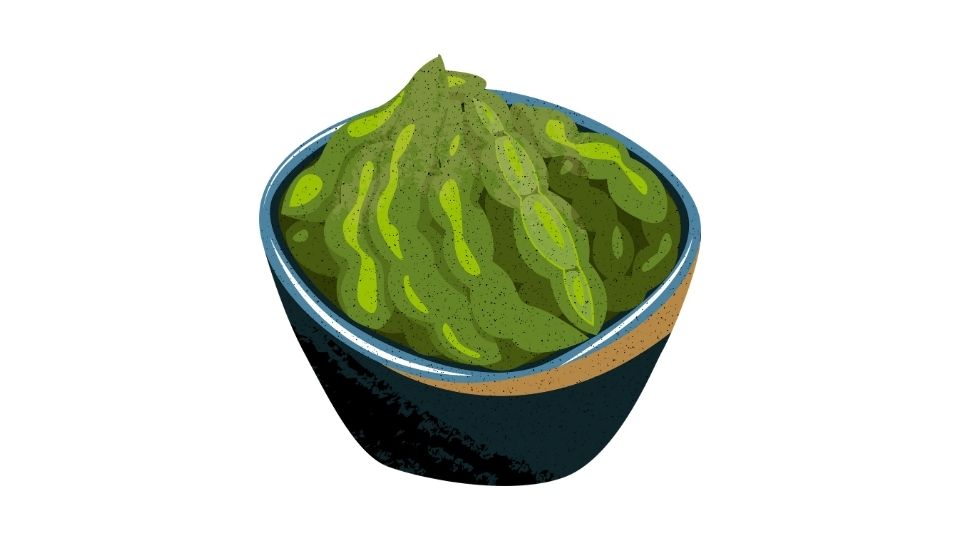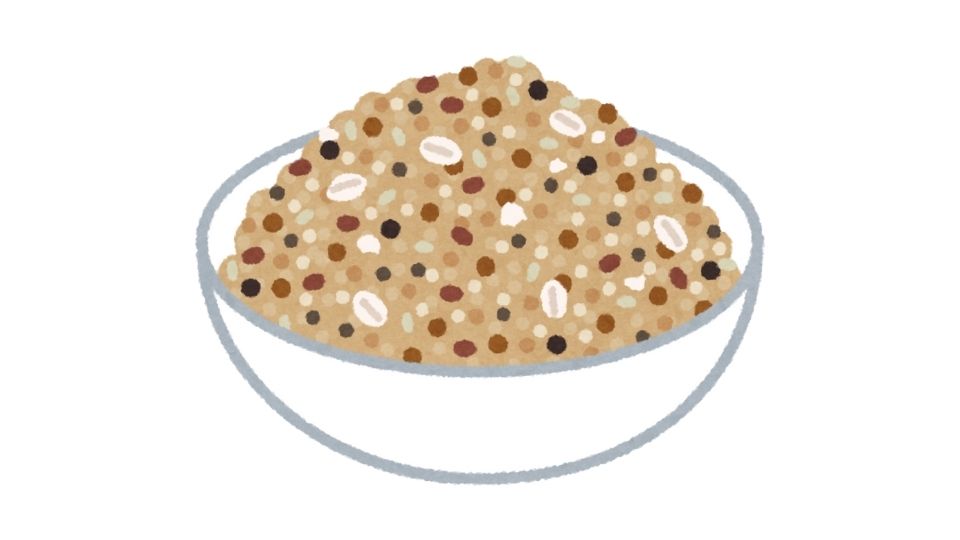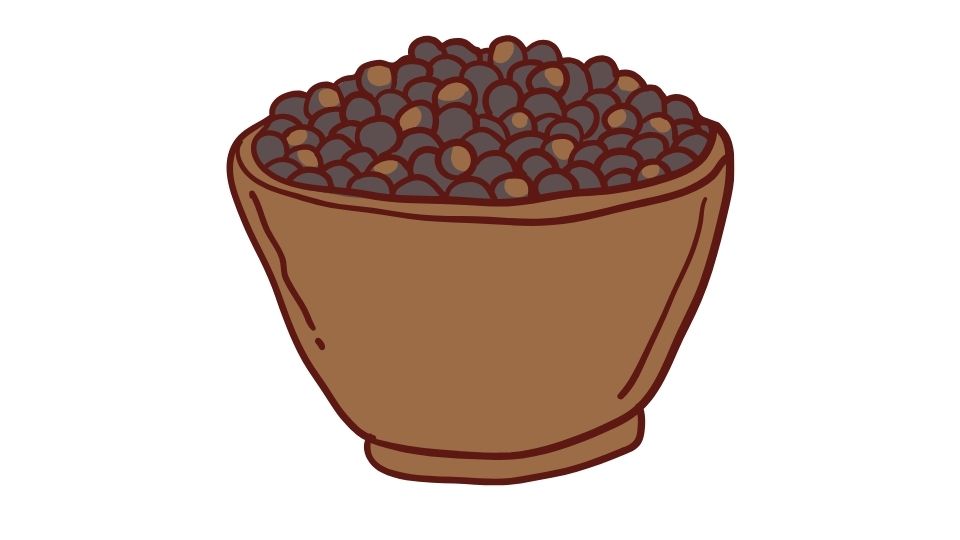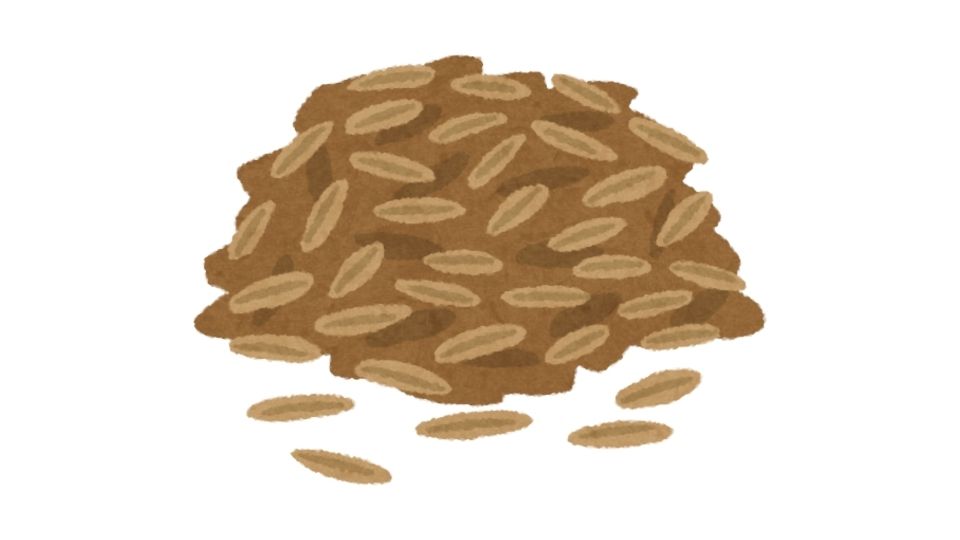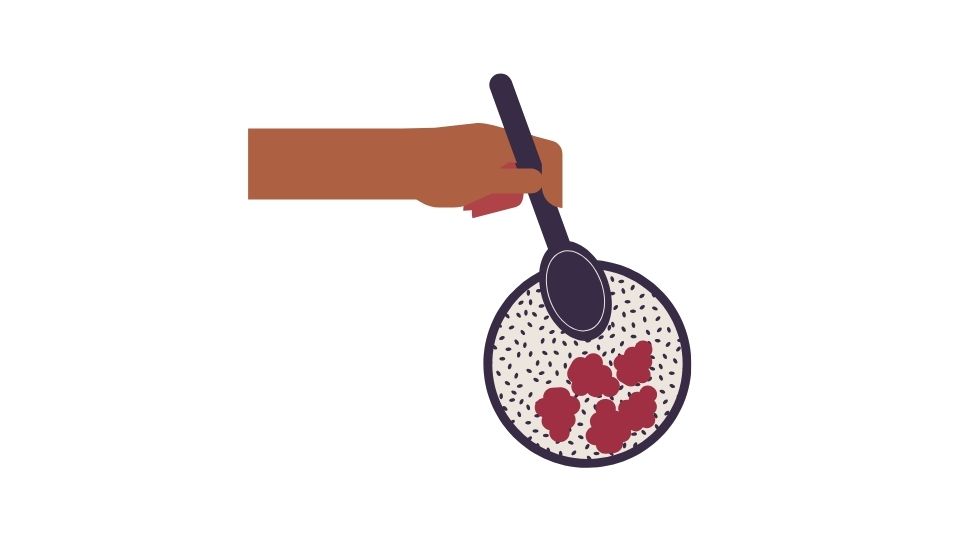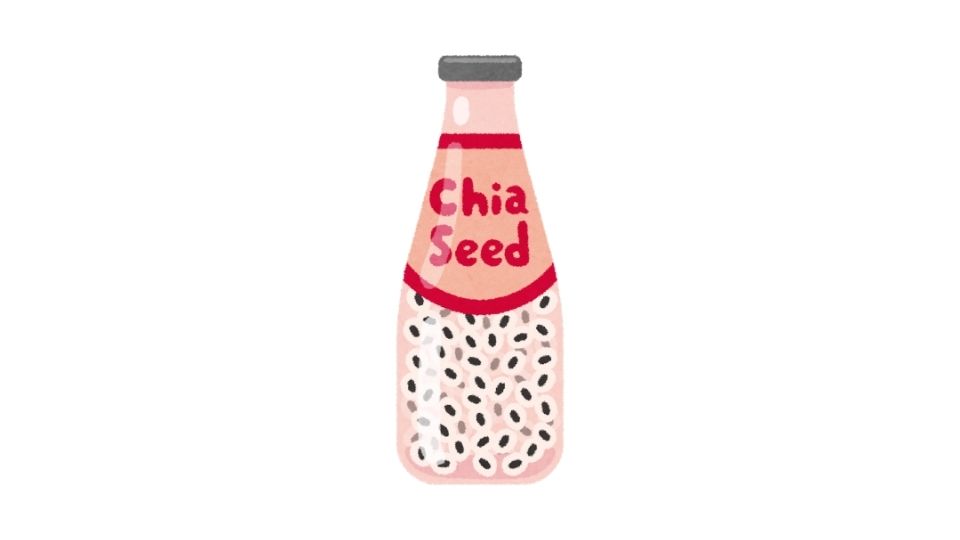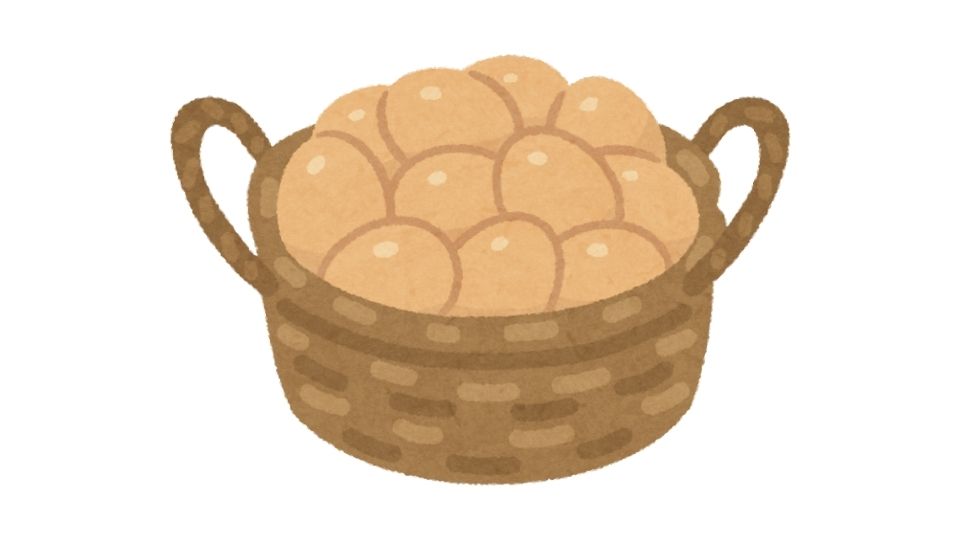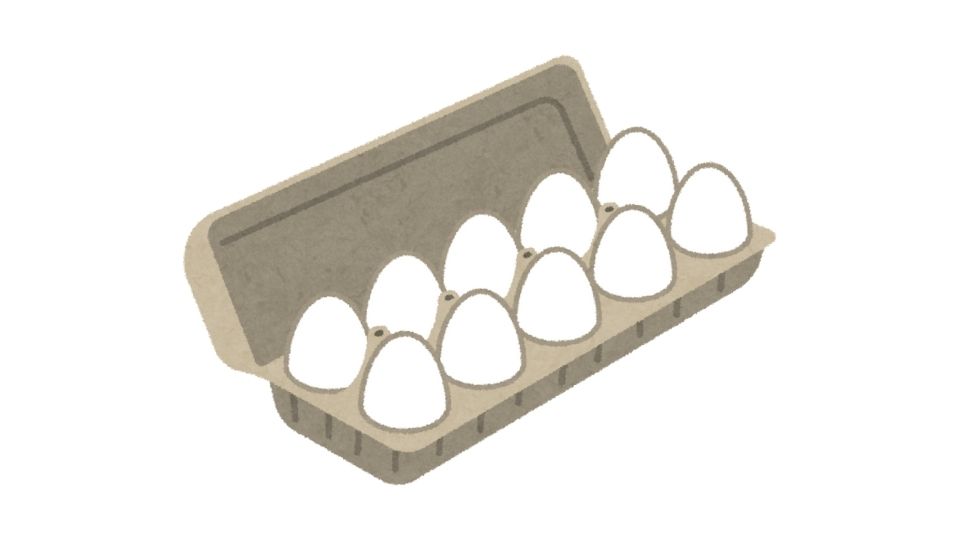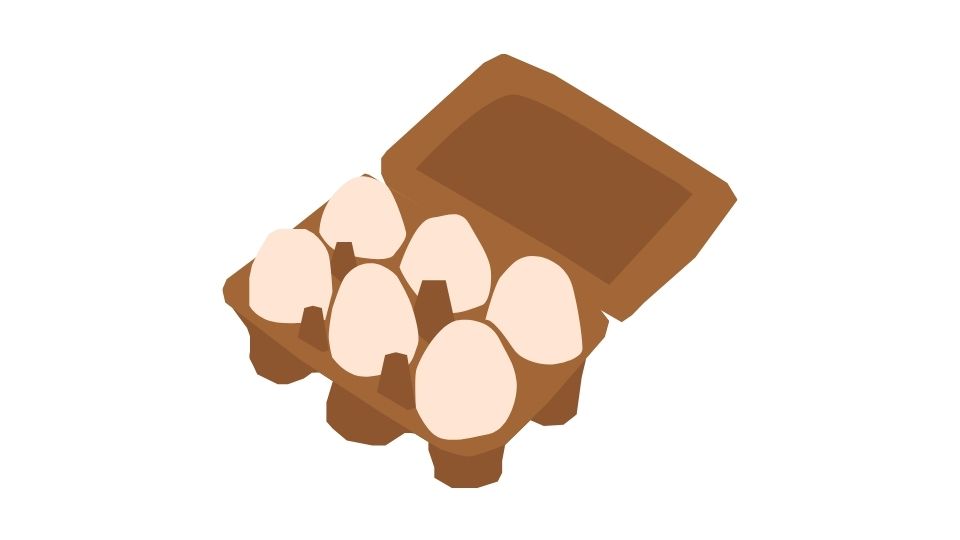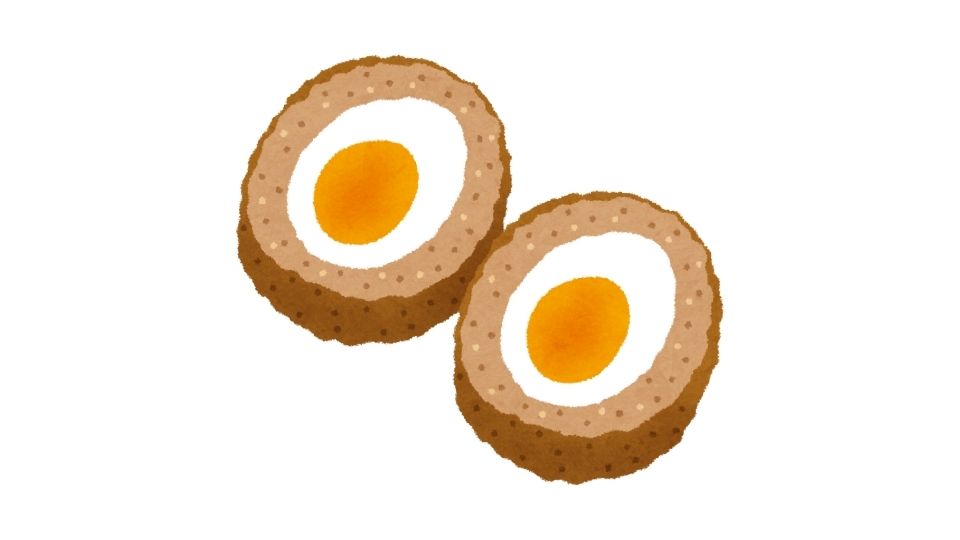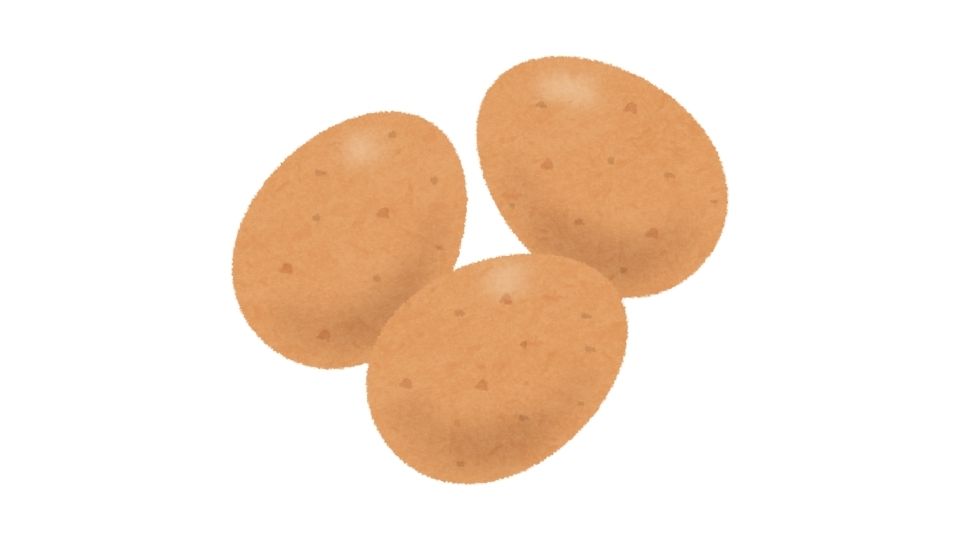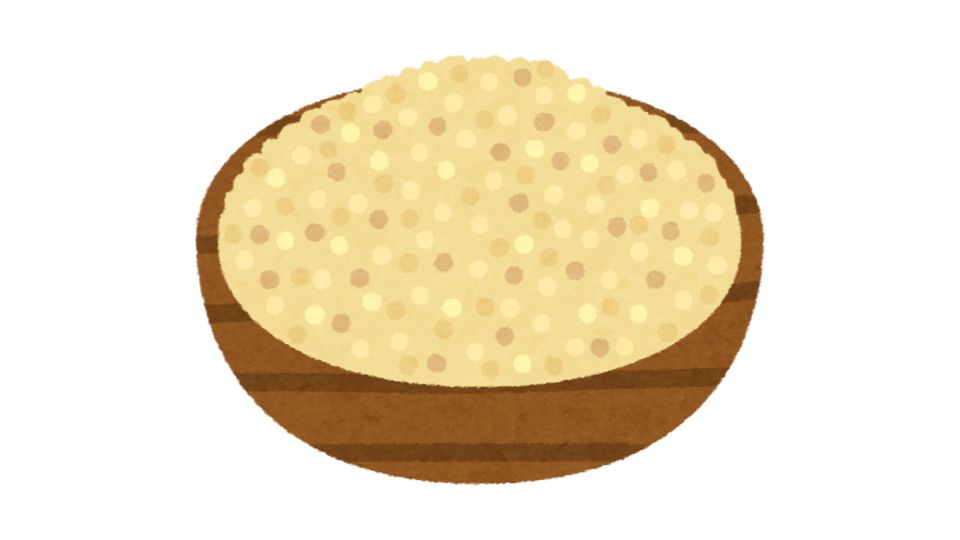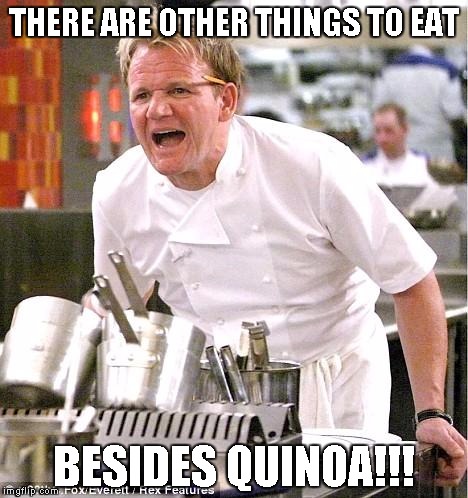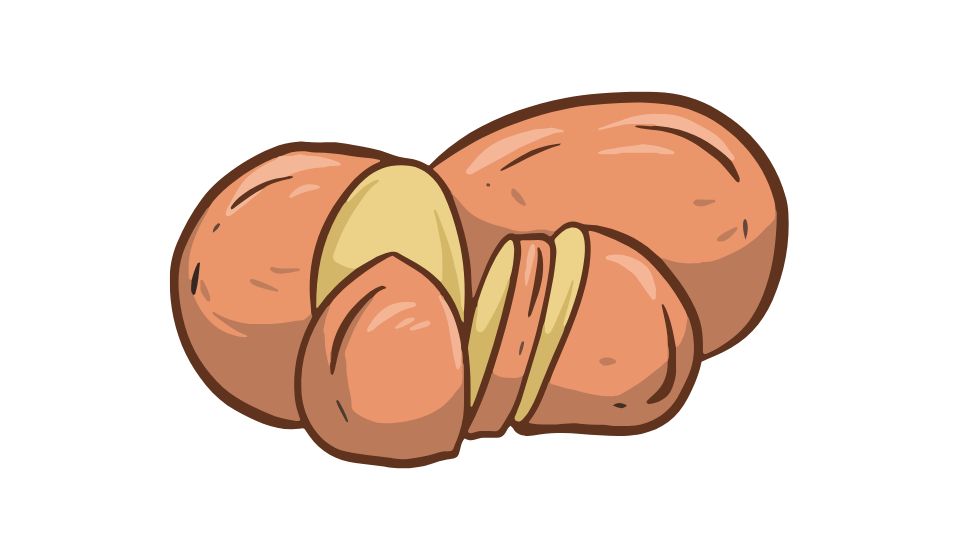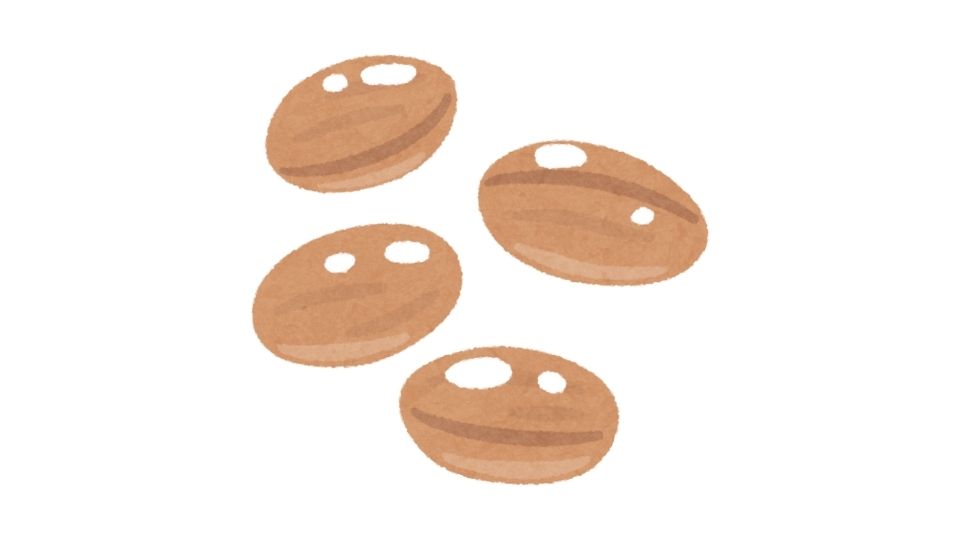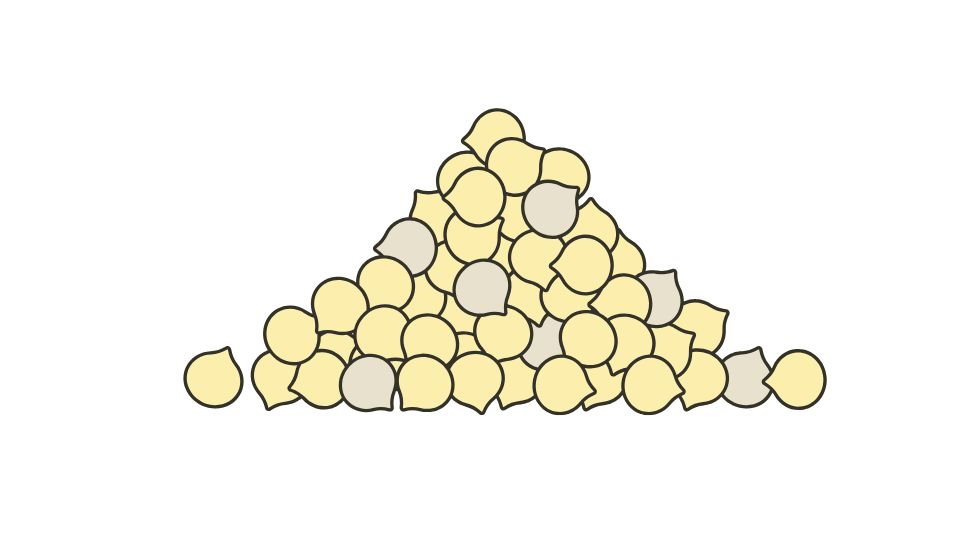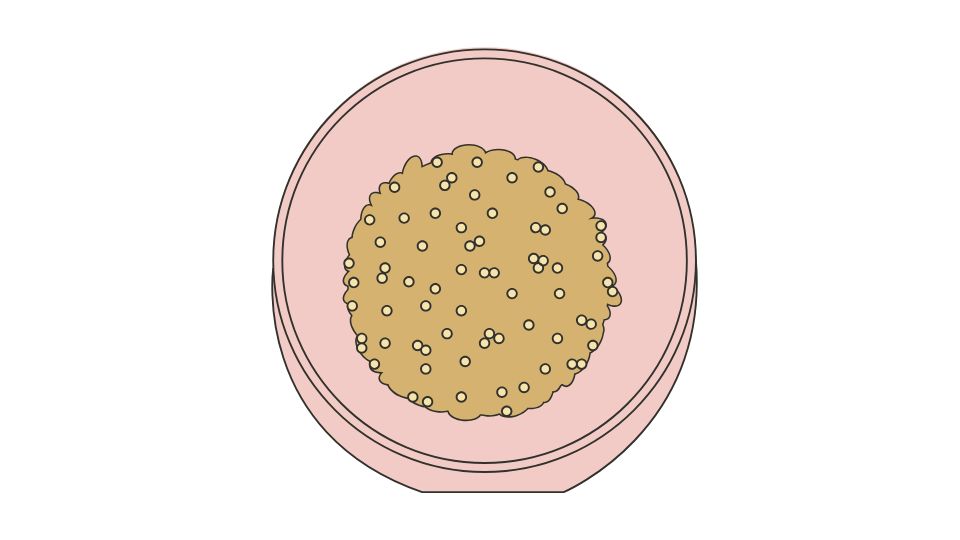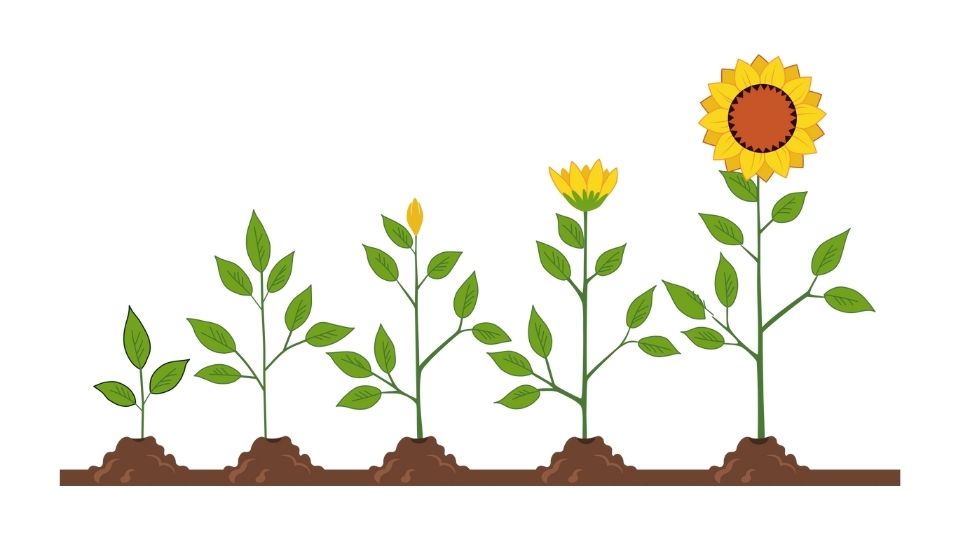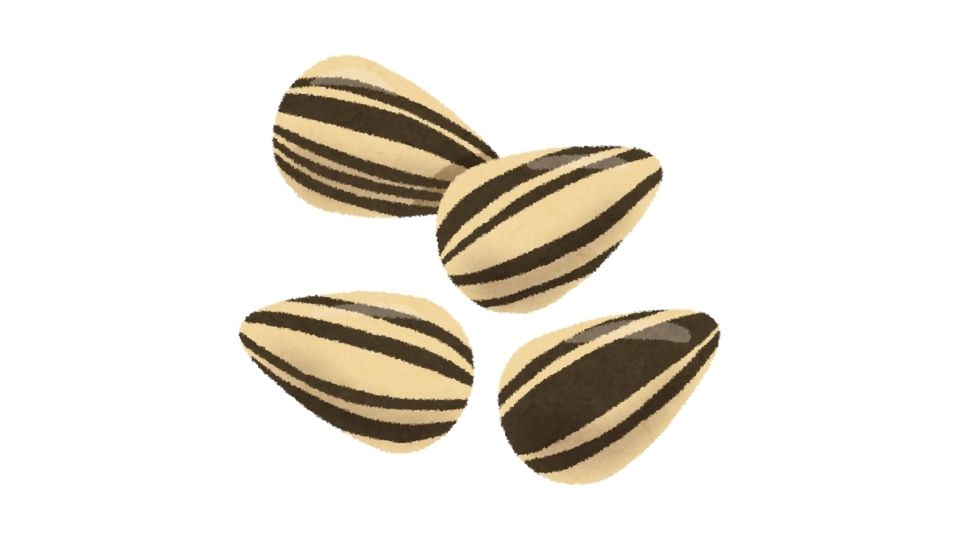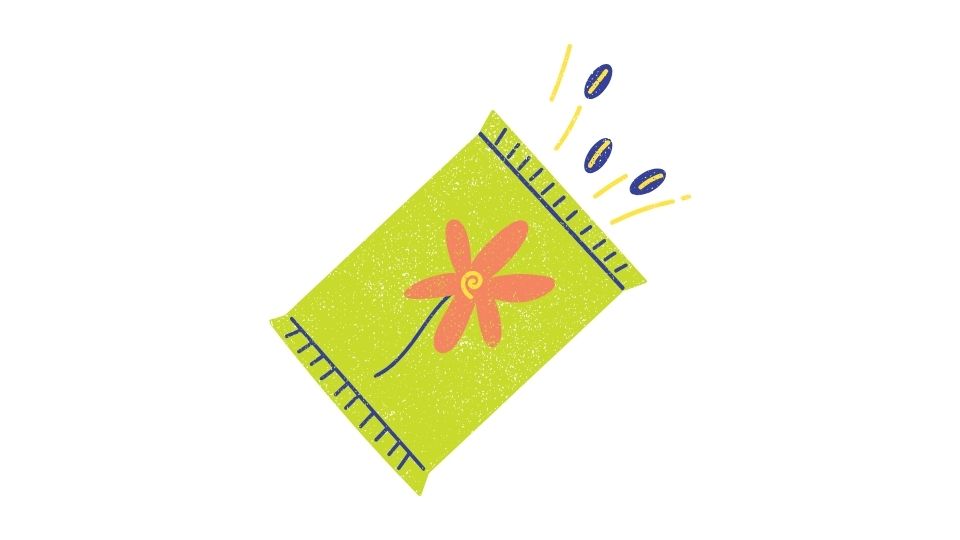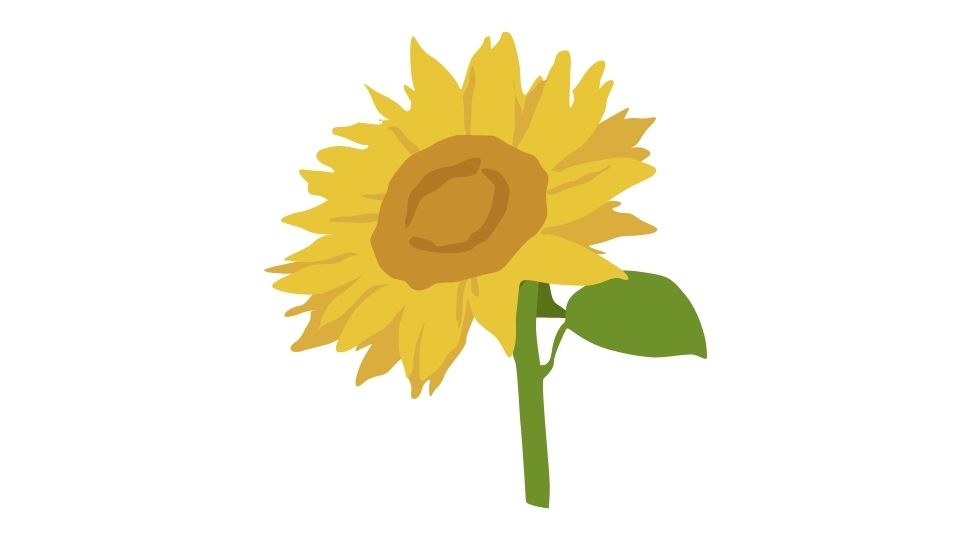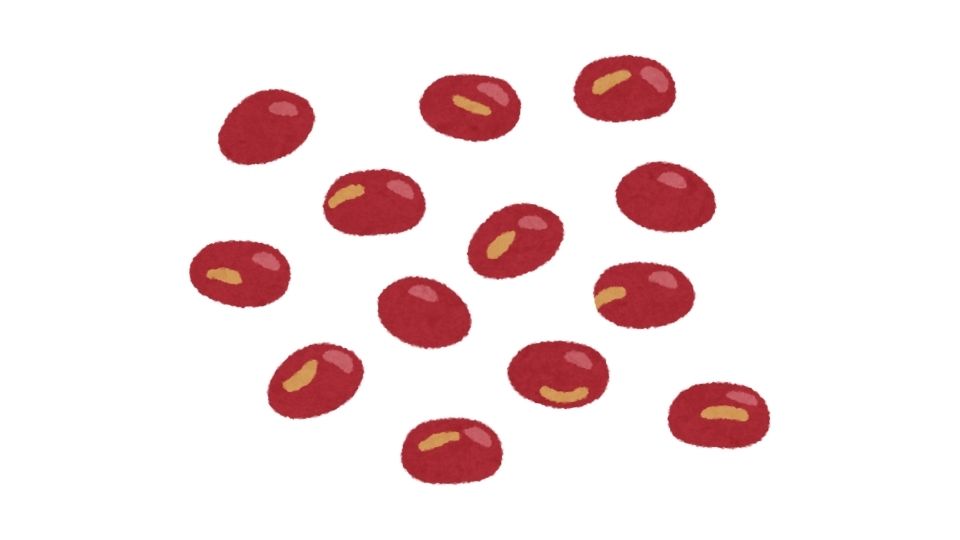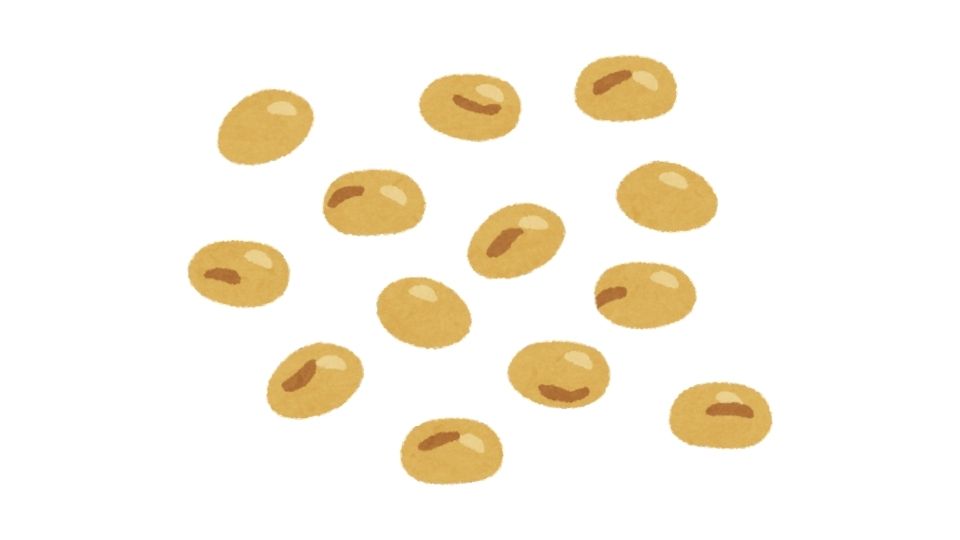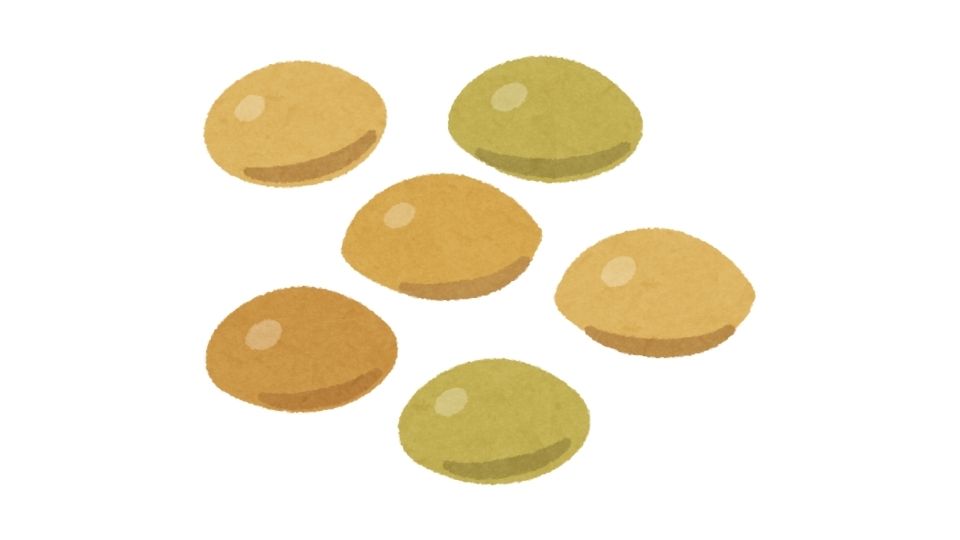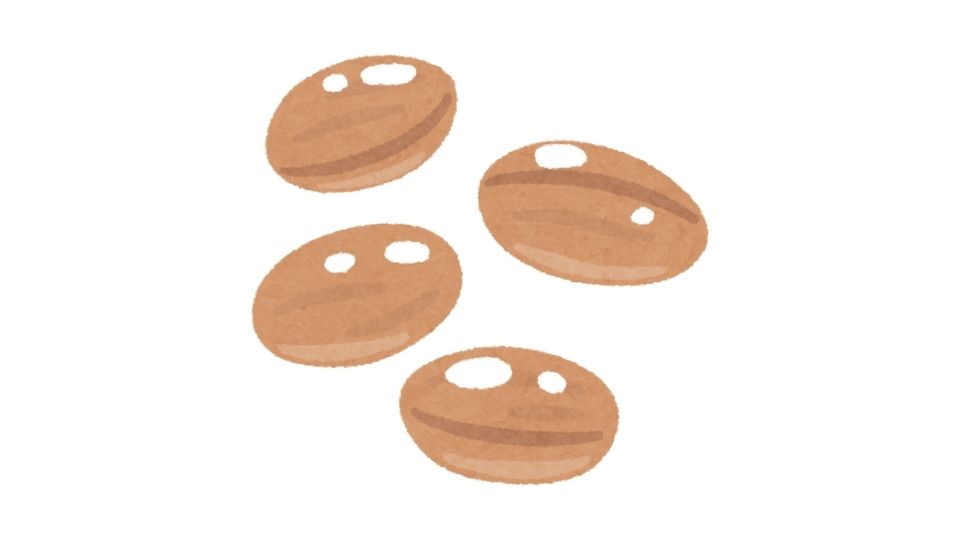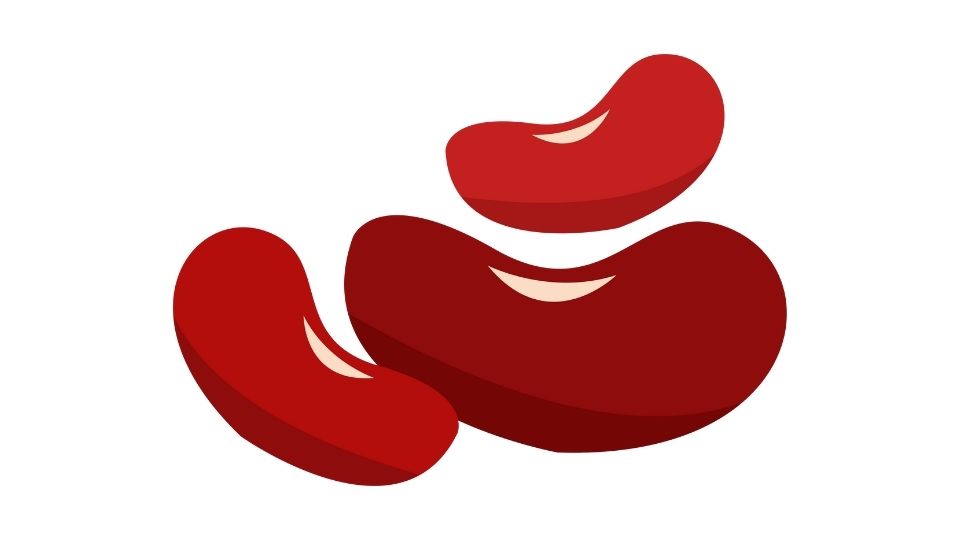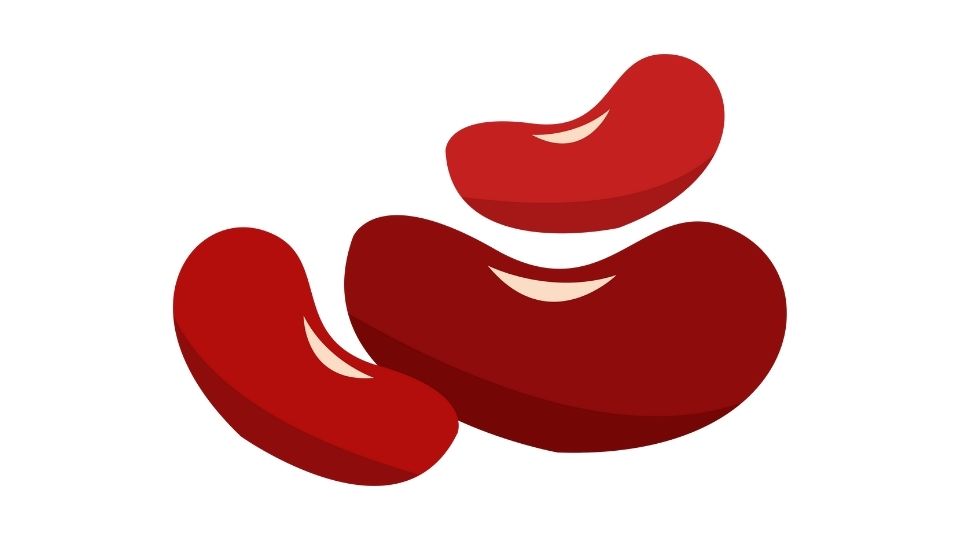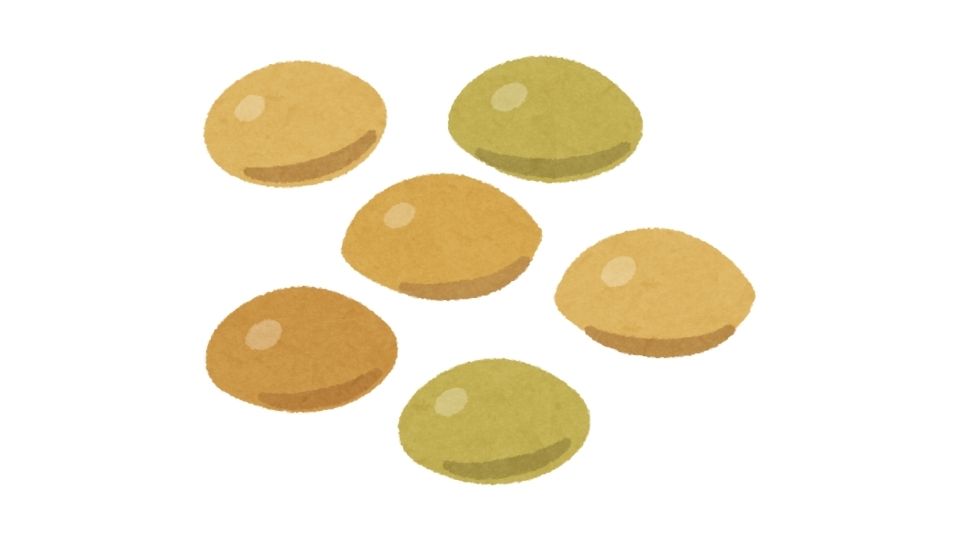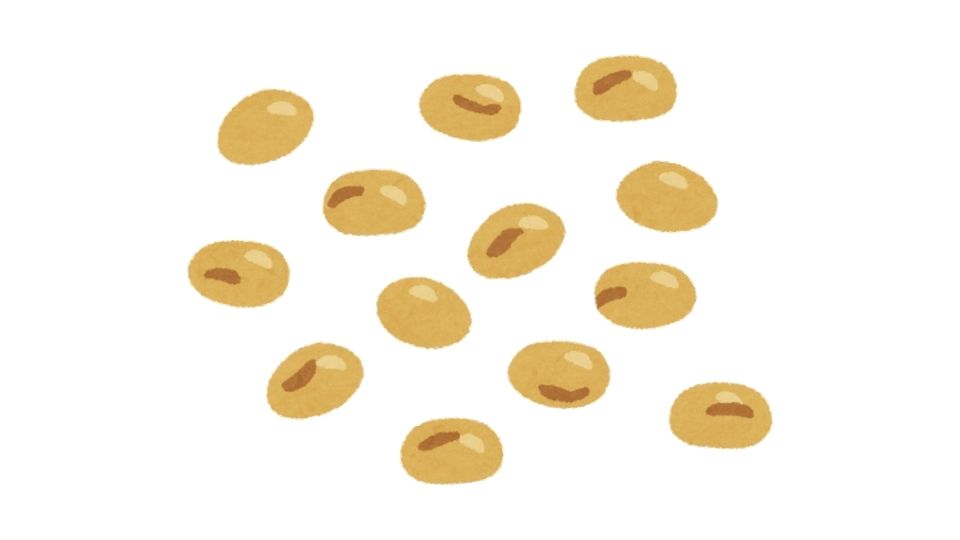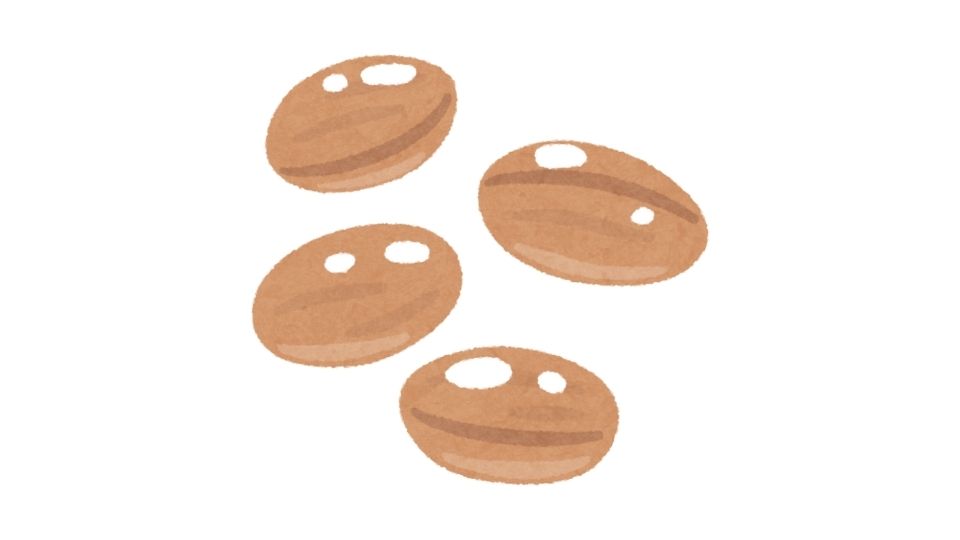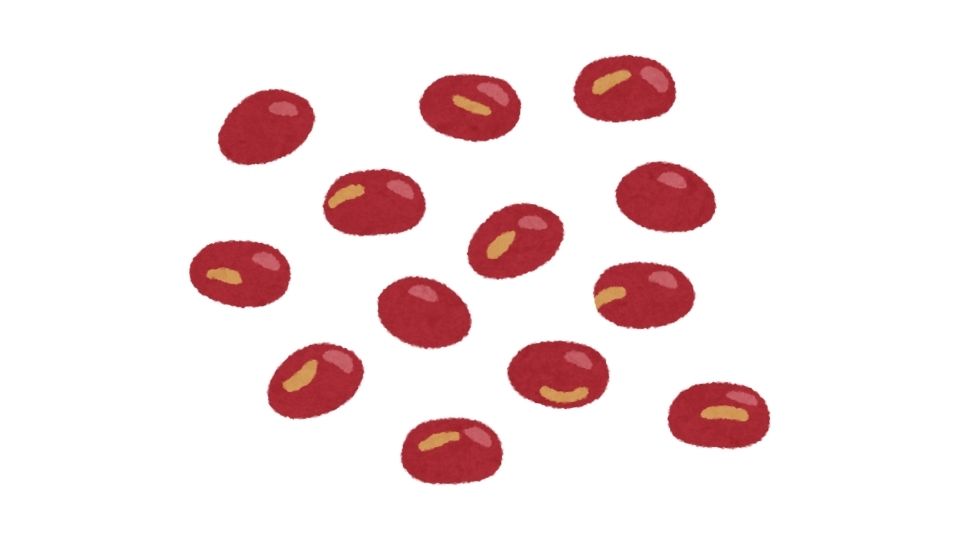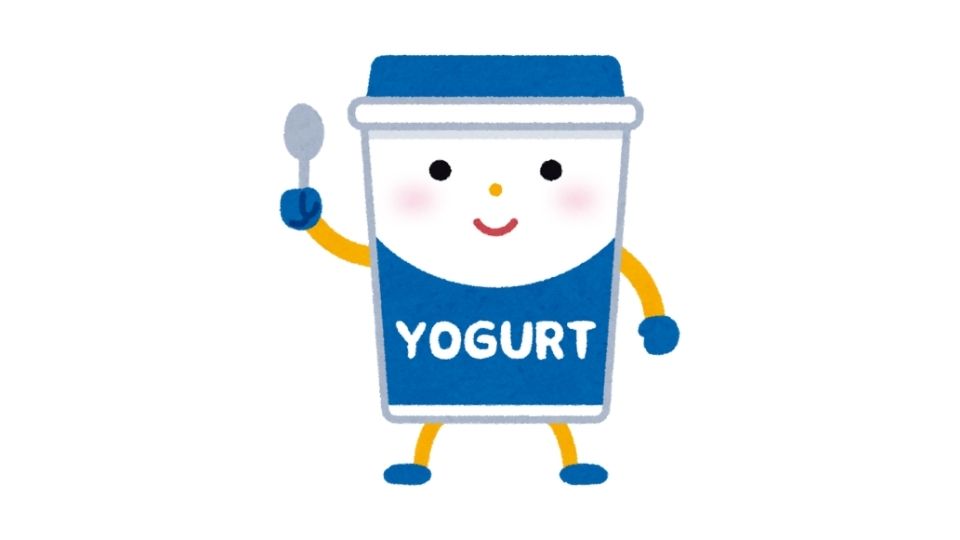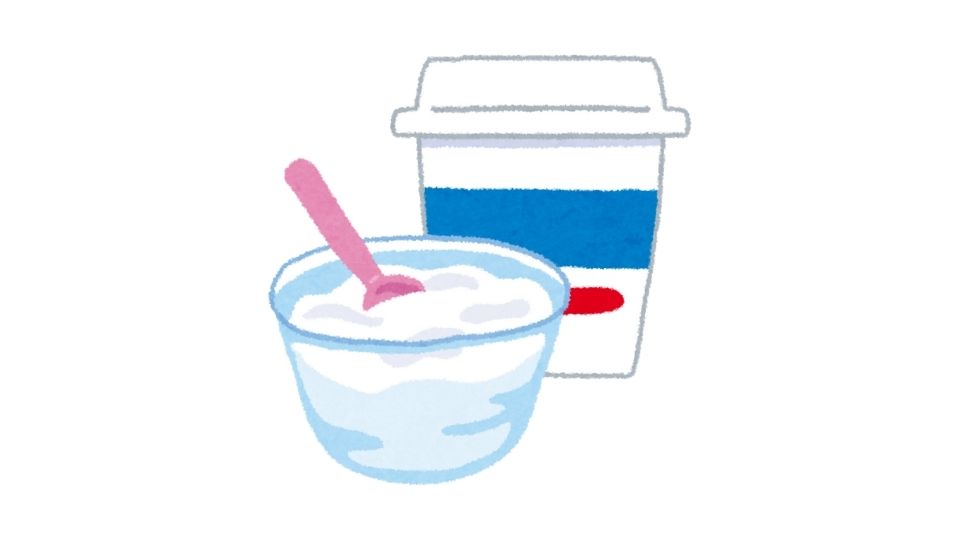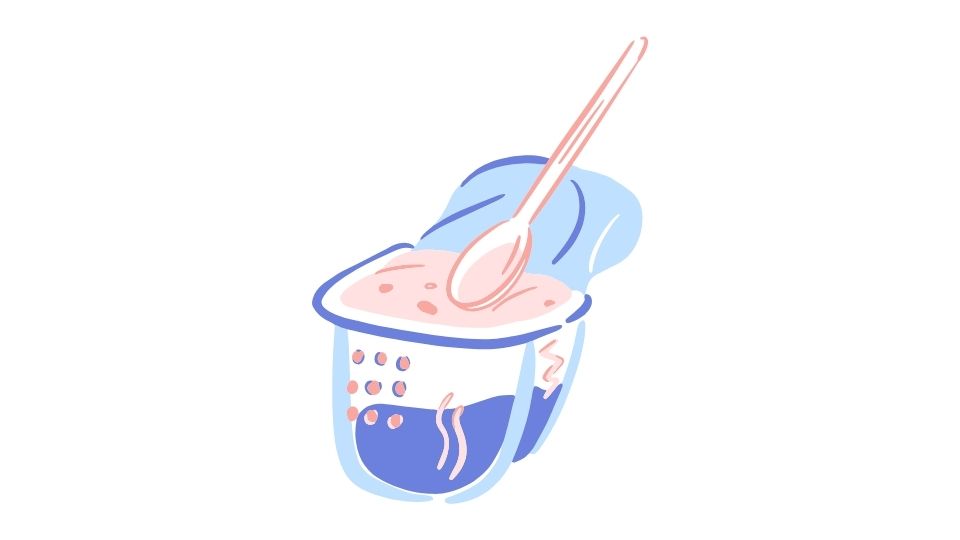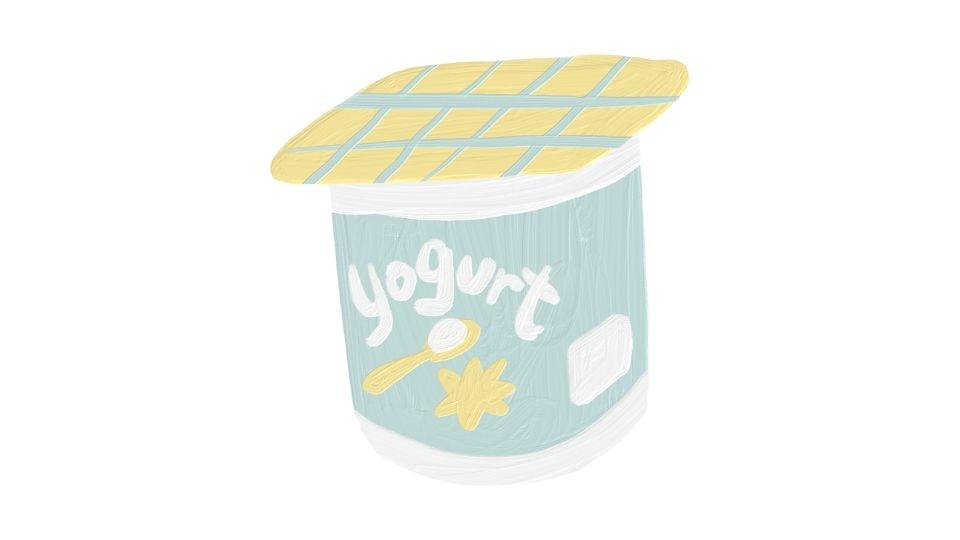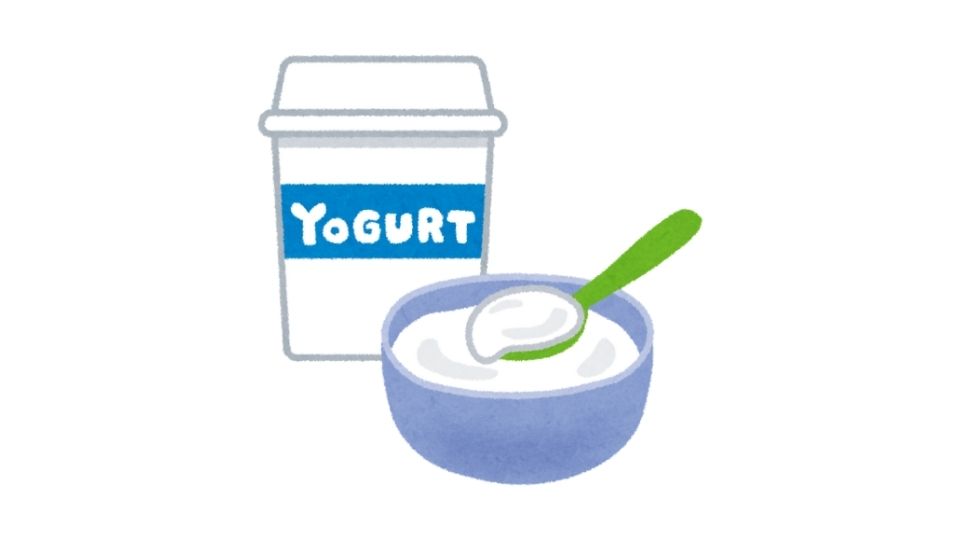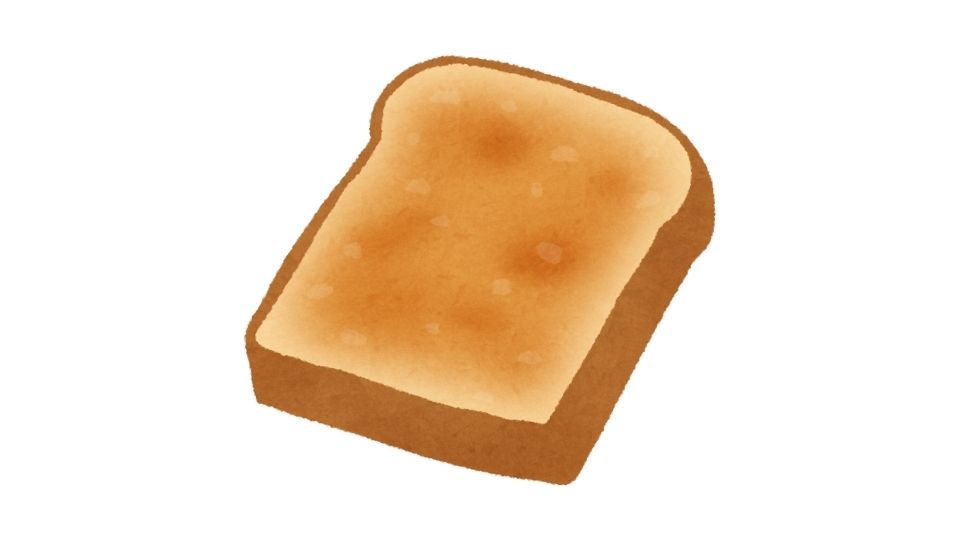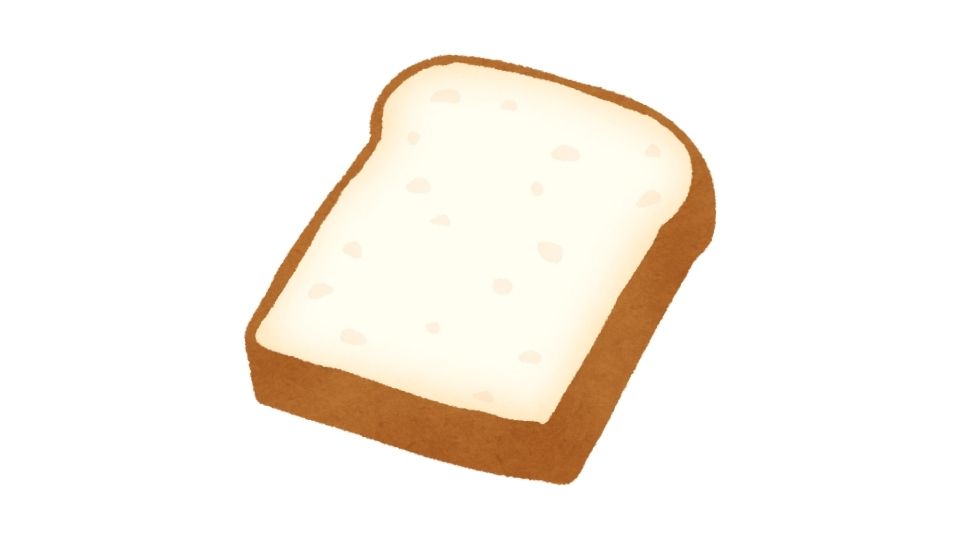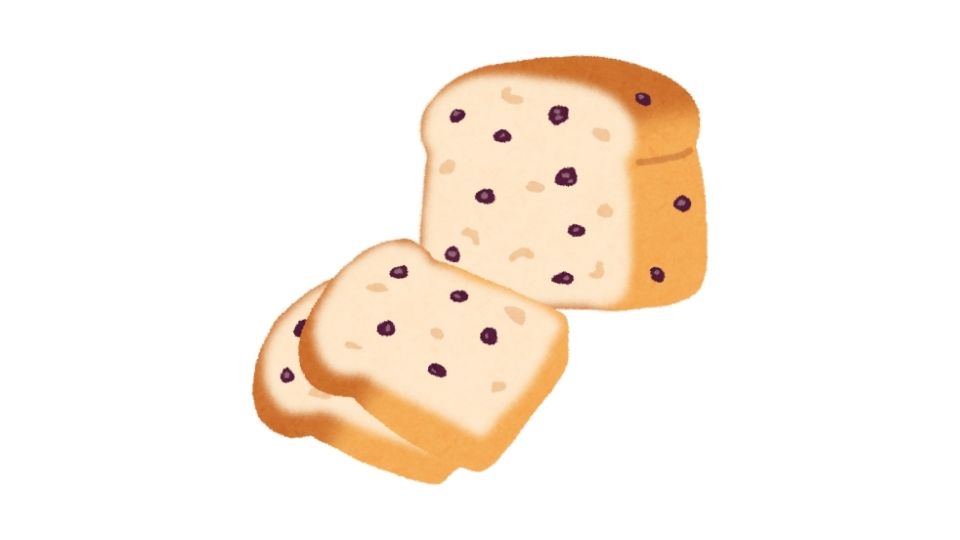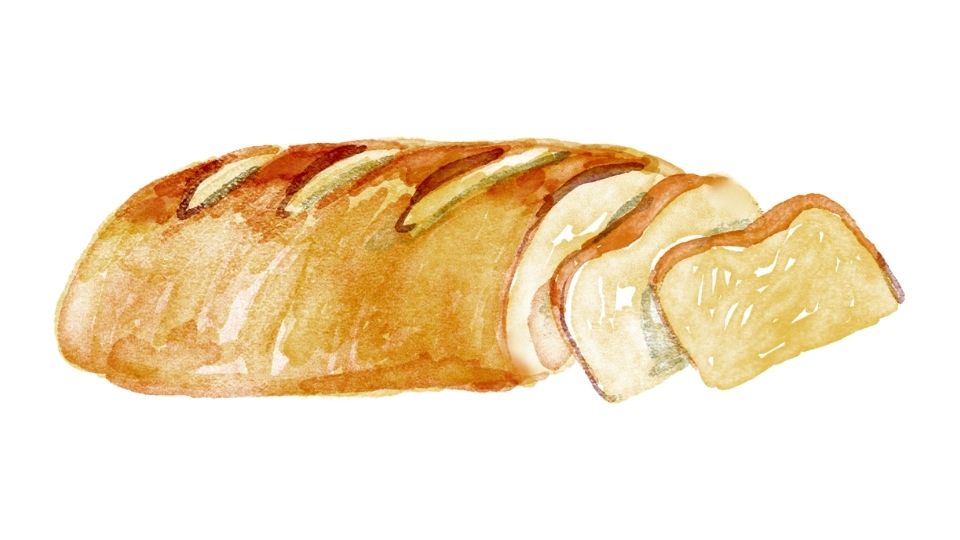Ever wondered how much protein is in that big block of mozzarella you just bought?
If you’re tracking macros or just curious about your cheese consumption (no judgment here), I’ve got you covered with everything you need to know about protein in mozzarella.
Let’s cut through the confusion and get to the facts – with a healthy dose of my opinion sprinkled on top.

How Much Protein Is In a Pound of Mozzarella?
The short answer: A pound of mozzarella contains about 100-115 grams of protein, depending on the specific type.
That’s a serious amount of protein! To put it in perspective, that’s roughly the same as:
- 16-18 eggs
- 14-16 ounces of chicken breast
- 4-5 protein shakes
Mozzarella packs around 6-8 grams of protein per ounce, making it a surprisingly efficient protein source for something that tastes so good on pizza.
Breaking Down the Numbers
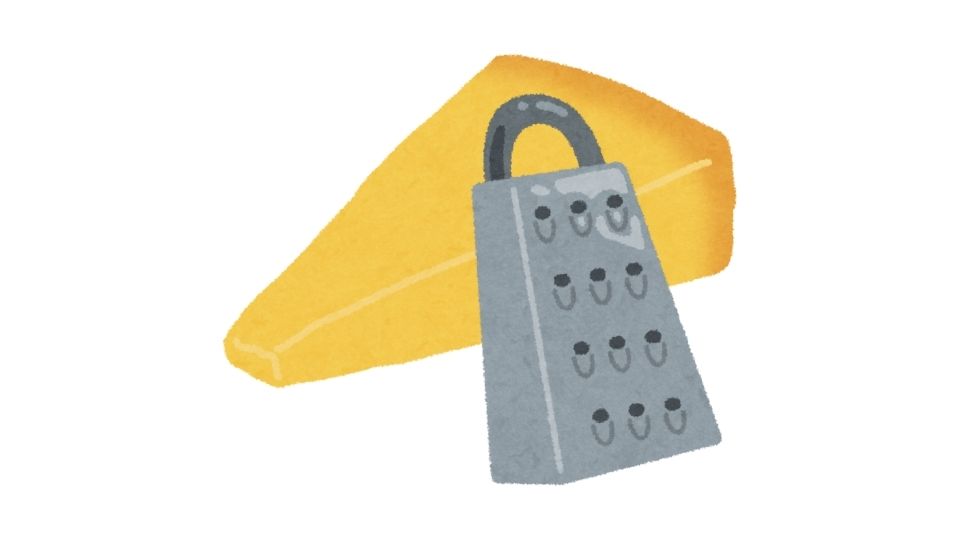
Let’s get a bit nerdy with the specifics (because who doesn’t love nutritional math?):
- Whole milk mozzarella: About 6-7g protein per ounce (96-112g per pound)
- Part-skim mozzarella: About 7-8g protein per ounce (112-128g per pound)
- Fresh mozzarella: Slightly less protein due to higher water content
According to the USDA Food Data Central, standard mozzarella averages around 7g of protein per ounce. Multiply that by 16 ounces in a pound, and you get 112g of protein.
Why the range? Well, moisture content matters. The drier the cheese, the more concentrated the protein.
What Affects Protein Content in Mozzarella?
Several factors influence exactly how much protein your mozzarella contains:
1. Moisture Content
Fresh mozzarella balls swimming in liquid? They have more water and less protein per ounce compared to the low-moisture stuff you shred on pizza.
2. Milk Type
Whole milk vs. part-skim makes a difference. Generally, part-skim mozzarella has slightly more protein per ounce because there’s less fat taking up space. The Journal of Dairy Science confirms this protein concentration effect.
3. Processing Methods
How the cheese is made affects its final nutritional profile. Traditional methods vs. mass production can create slight variations.
Beyond Protein: Mozzarella’s Nutritional Profile
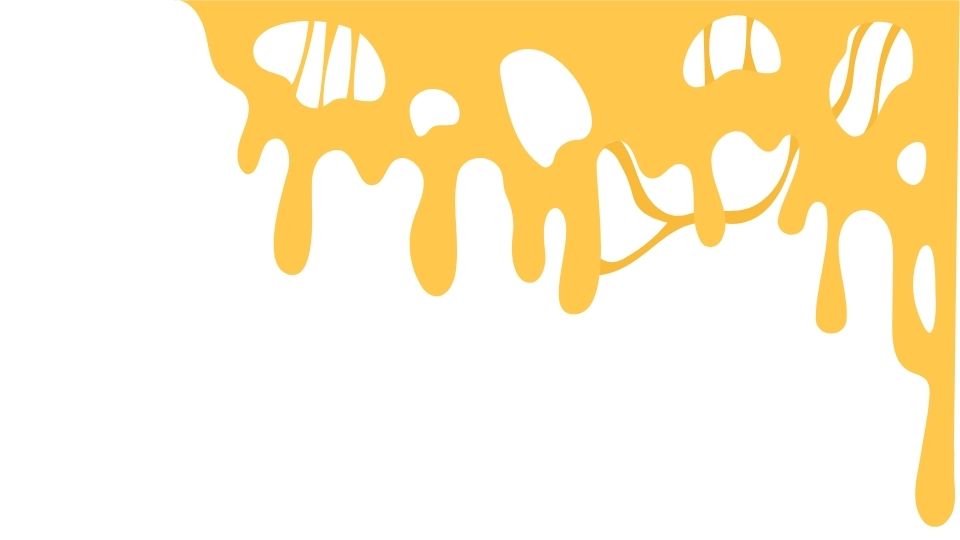
While we’re on the topic, let’s look at what else you’re getting in that pound of cheese:
- Fat: 80-175g per pound (depending on type)
- Carbs: Very low, about 10-16g per pound
- Calories: 1,120-1,440 per pound
- Calcium: A whopping 3,200mg per pound (over 3x daily value!)
Low carb fans, rejoice! Mozzarella is practically a keto-friendly superfood, with its high fat, moderate protein, and minimal carb profile.
Practical Applications (Or: How To Actually Use This Information)
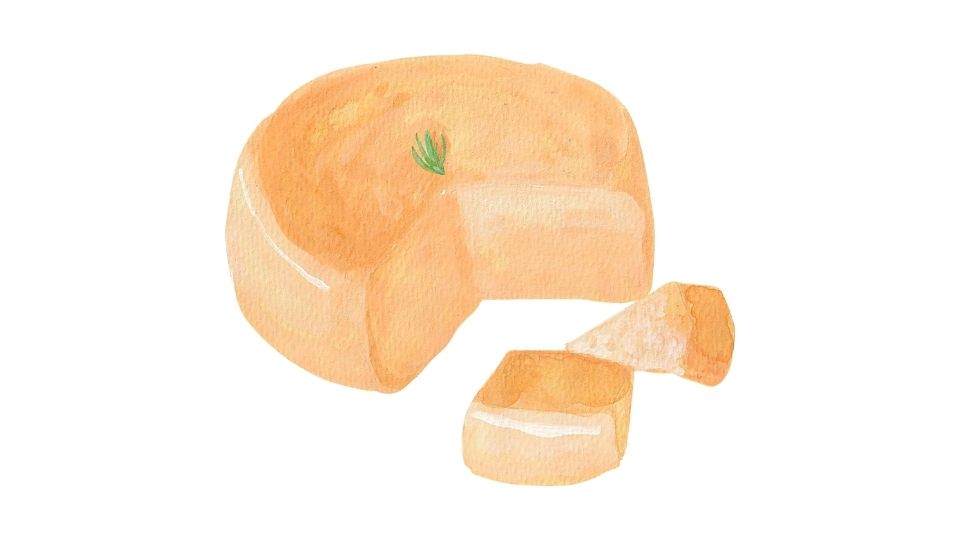
So you know a pound of mozzarella has 100-115g of protein. Now what?
For Macro Tracking
If you’re measuring your cheese (you disciplined human, you), here’s the quick math:
- 1 ounce = ~7g protein
- 1/4 pound (4 oz) = ~28g protein
- 1/2 pound (8 oz) = ~56g protein
For Meal Prep
Mozzarella makes an excellent protein addition to meals. The American Journal of Clinical Nutrition has published research showing dairy proteins support muscle maintenance and growth.
Some ideas:
- Add 2 ounces (14g protein) to your salad
- Top your chicken with 1 ounce (7g protein) for extra flavor
- Make a high-protein snack with 1.5 ounces (10-11g protein) and some tomatoes
For Health Considerations
While mozzarella is protein-rich, it also contains significant fat and sodium. The Harvard School of Public Health recommends balancing cheese consumption with other protein sources.
The Bottom Line on Mozzarella Protein

Is mozzarella the most efficient protein source? No, that title probably goes to something like whey protein powder or chicken breast.
Is it the most delicious protein source? Quite possibly!
A pound of mozzarella delivers about 100-115g of complete protein along with calcium and other nutrients. That makes it a pretty solid addition to your diet if you’re looking to hit those protein goals while actually enjoying your food.
So next time you’re sprinkling mozzarella on your pizza or adding it to your salad, you can feel good knowing you’re not just adding flavor – you’re adding a decent amount of protein too.






